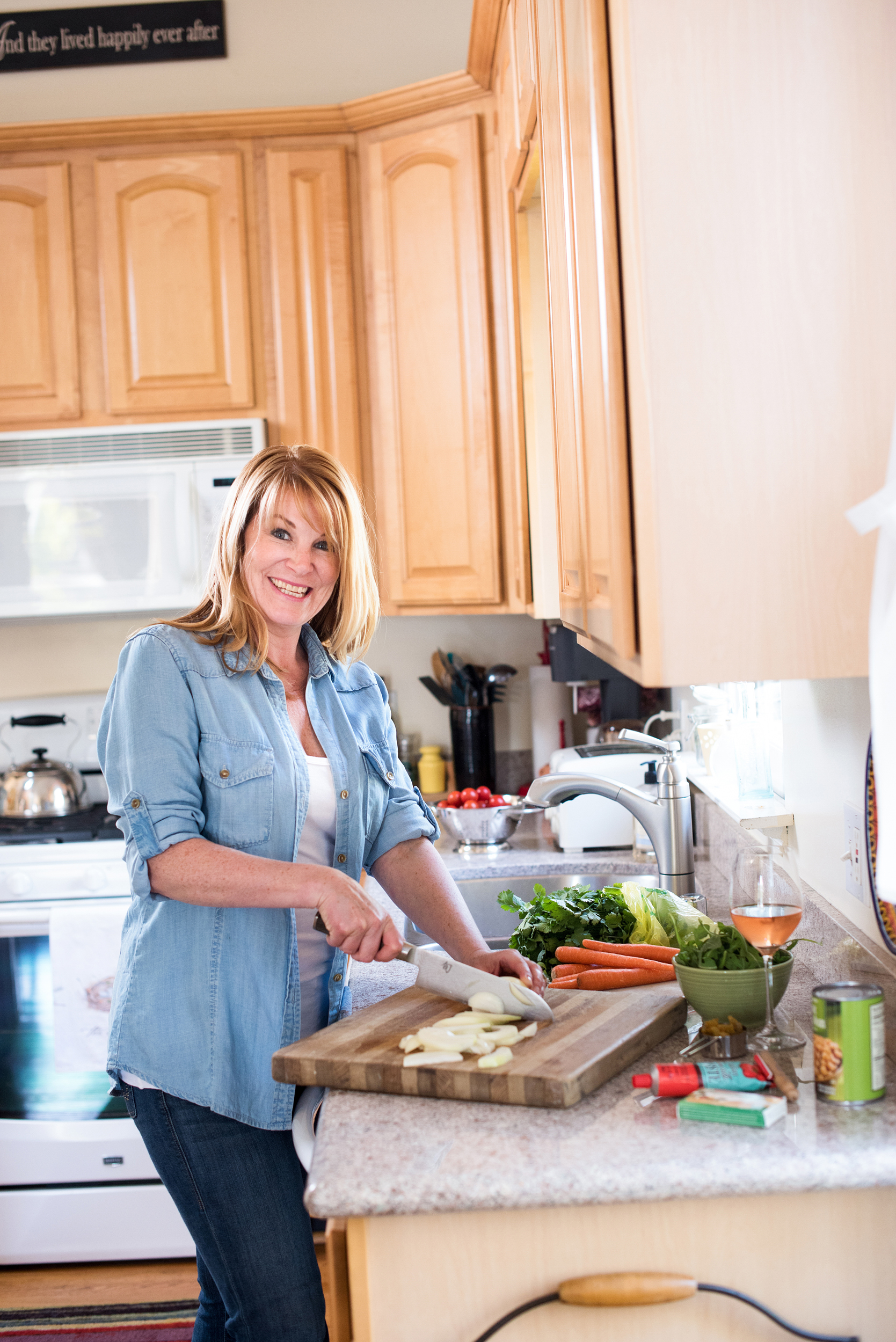
The fall season brings a great variety of fruits and vegetables that can help you stay on track with your healthy eating plan. Eating seasonally not only offers great taste, it usually offers a lower price per pound and the opportunity to support local farmers. That’s what I call a win-win. 🙂
This fall, I encourage you to explore local farmer’s markets, roadside stands, and grocery stores for an abundance of good eats this time of year. To help you get started, here’s a list of in-season fruits and vegetables and ideas on how to incorporate them in your weekly diet.
TRY THESE TASTY FRUITS AND VEGETABLES FOR FALL
1) Apples. Harvest Season: August-November.
Apples make great on-the-go snacks. Use them in salads, with savory dishes like pork chops or chop them up and put them in yogurt.
2) Dates. Harvest Season: September-December.
Dates are great in baked goods. Try chopping up a few for your oatmeal or over the top of frozen yogurt. For savory dishes, try doing a search for middle eastern recipes that include dates.
3) Grapefruit. Harvest Season: September-April.
Add over greens, squeeze fresh for a healthy juice, or eat this fruit in its fleshy form just like an orange.
4) Kiwi. Harvest Season: September-March.
Kiwis are a great way to spice up a fruit salad or a smoothie. They make a wonderful dessert on their own. If you want something a bit more decadent, try pairing them with a small serving of ice cream.
5) Pears. Harvest Season: August-February.
Pears are one of my favorites because they are so versatile. This fruit is great as part of a snack, added to mixed greens, used in savory dishes, or poached with a bit of cinnamon for a low-cal healthy dessert.
6) Tangerines. Harvest Season: November-April
Add these sweet little treats to yogurt, pack them in lunches, snack on them, use as a dessert, or add them to a salad.
7) Brussel Sprouts. Harvest Season: September-March.
I must confess, it took me awhile to like these wonderful little cabbages. Now, they are one of my favorites this time of year. Try roasting brussel sprouts with olive oil, or sauteing with butter and garlic. Serve with roasted meat and mashed potatoes.
8) Cauliflower. Harvest Season: September-June.
Use cauliflower to make fantastic soups, mix it in your stir-fries, or serve steamed with other vegetables as a side. You can also chop up cauliflower with other veggies and serve it with a healthy yogurt dip for parties.
9) Squash. Harvest Season: October-February
There are so many varieties of squash and ways to prepare them. Try them steamed, stir-fried, or in soups. I’ve even used butternut squash to make a lower calorie bechamel sauce for mac and cheese.
10) Pumpkin. Harvest Season: October-February.
Pumpkin is used mostly in desserts like pies and cakes. You can use it for waffles, pancakes, and breads. However, pumpkin soup is delicious and I’ve even had pumpkin raviolis. You can get really creative with pumpkin. Just like with the dates, try doing a search online for interesting pumpkin recipes.
11) Sweet Potatoes. Harvest Season: September-December.
Sweet potatoes are not just for Thanksgiving Day anymore and they are a fantastic complex carbohydrate. Roast them. Make mashed sweet potatoes, or baked french fries. If you’re cooking for 1-2 people, you can save time in the kitchen by microwaving a large sweet potato.
12) Turnips. Harvest Season: September-April.
Try these tasty root vegetables roasted with olive oil or in stews.
13) Parsnips. Harvest Season: October-April.
Add parsnips to other root vegetables and puree for a sweeter soup, or roast with potatoes and carrots for a wonderful blend.
14) Rutabaga. Harvest Season: October-April.
Honestly, I haven’t cooked with this one yet. I discovered it when researching my list for this article. It’s a cross between a turnip and a cabbage. Suggested uses include roasting, or adding to casseroles and soups along with turnips and carrots. I’ll report. You decide. 🙂
When meal planning this fall, decide which seasonal fruits and vegetables you’d like to incorporate into your healthy eating plan and use lower calorie nutrient dense recipes that include these foods as ingredients. You can find great low-cal seasonal recipes on websites like Cooking Light and Eating Well. If you are a little old school like I am and enjoy looking through recipe books I recommend purchasing a monthly subscription to a healthy cooking magazine. The cost is minimal and having a variety of seasonal recipes to choose from takes the boredom out of meal time.
Have fun experimenting with healthy seasonal foods. Browse your produce stand and farmer’s market. When eating out, ask your food server what’s fresh — and depending where you live — ask what’s local on the menu.
Please feel free to share any great seasonal recipes or snack ideas you come up with. I love to hear from you!
Blessings to you and yours!
Jennifer


